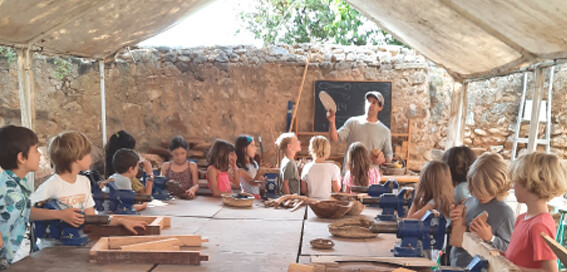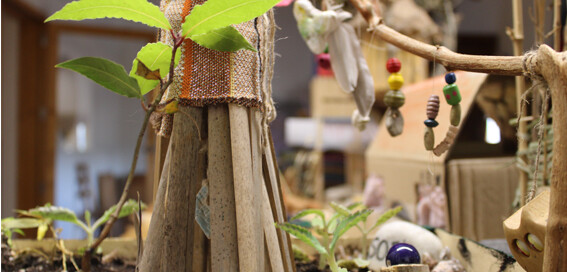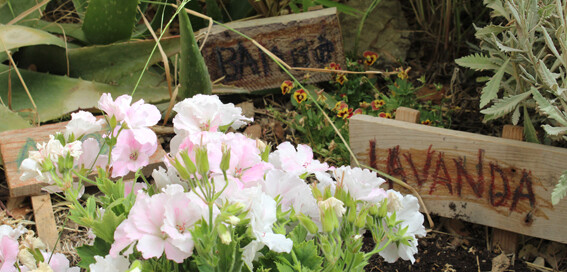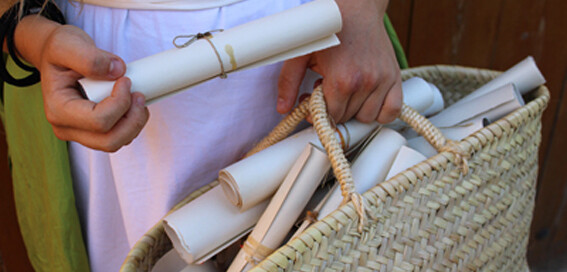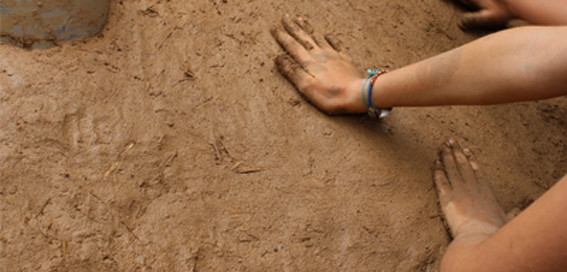ANCIENT GREECE TO THE DEATH OF ALEXANDER THE GREAT
Class 5th and 6th began the term remembering the Illiad and reviewed certain stories of Achilles and positioned themselves in Ancient Greece. Throughout the block they have learned about Alexander the Great, and through his life story they have understood the wars and battles of his time, travelled the route of his conquered territories and learnt a little about what it would have been like to live in his time. As the block was in English, they have used it to improve speech, spelling, grammar and punctuation.



